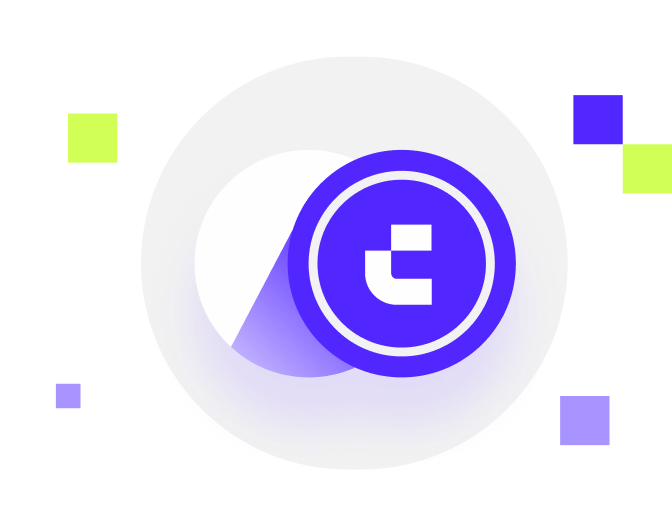 ATOM価格(ATOM)
ATOM価格(ATOM)$2.0516
0% (1日)
最終更新: (UTC+0)
数量
数量

ATOM
0 ATOM≈0.000000 USD
ATOMを取引
ATOM/USDT 無期限先物
ATOM/CNYT現物
ATOM/USDT現物
人気
本日のATOM価格
本日のATOM価格は$2.0516 ATOM/USD。24時間取引高は、$1.746M USDです。ATOMからUSDの価格は、リアルタイムで更新しています。直近24時間でのATOMは-3.60%、循環供給量は190,688,439です。
ATOM市場情報
2.0516≈$ 2.05
-3.60%24時間変動
$ 2.161424h 高値
$ 2.038824h 安値
826.423K24h 出来高(ATOM)
1.746M24h 出来高(USDT)
数量
数量

ATOM
0 ATOM≈0.000000 USD
ATOMを取引
ATOM/USDT 無期限先物
ATOM/CNYT現物
ATOM/USDT現物
人気
暗号通貨の取引を開始し、より高い収益の可能性を引き出そう
CoinWのプロフェッショナルな取引ページで、今すぐライブインサイトと最高水準の収益ポテンシャルをご覧ください!

